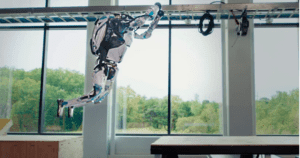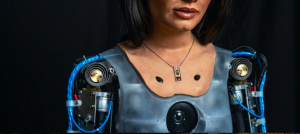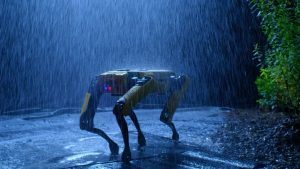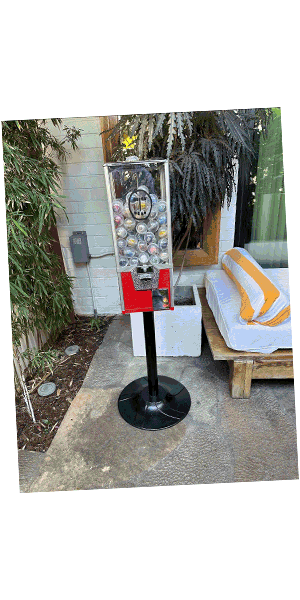We love Shelly the tortoise robot. Created by researchers at Naver Labs, KAIST, and Seoul National University Shelly shows children the consequences of their actions when it comes to robots. Shelly reacts to touches and smacks. When it gets scared it changes colour and retracts into its shell. Children learn that if they hit Shelly she will be upset.
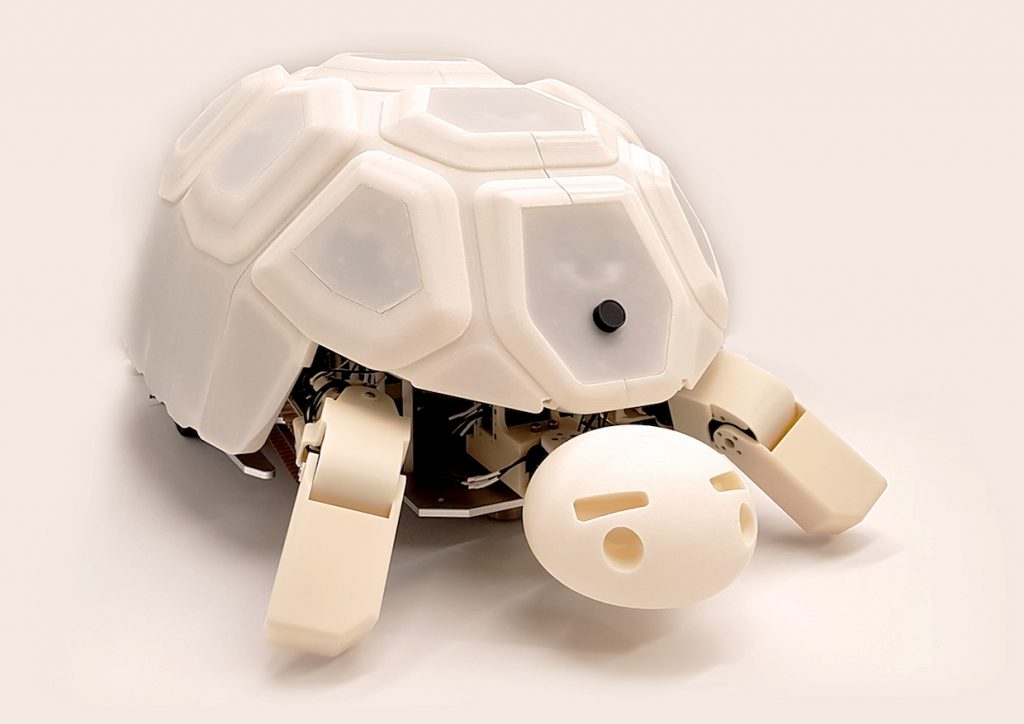
“When Shelly stops its interaction due to a child’s abusive behavior, the others in the group who wanted to keep playing with Shelly often complained about it, eventually restraining each other’s abusive behavior,”
Naver Labs’ Jason J. Choi. The study found that Shelly’s reactions reduced the amount of abuse the robot took from angry toddlers.
The researchers showed off Shelly at the ACM/IEEE International Conference on Human Robot Interaction last week. humanrobotinteraction.org/2018/


